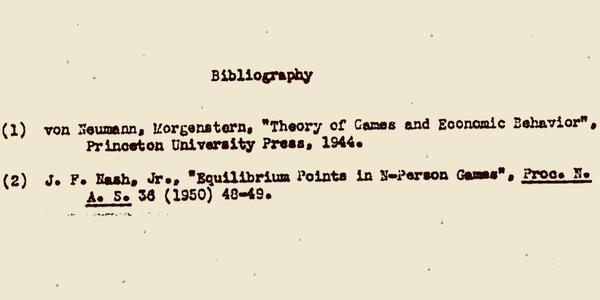The idea of discovering a lost ancient city underground has long captured the human imagination. But why are the abandoned built environments of those fantasies always buried? The answer, in large part, is that such places do indeed exist under our feet, at least in certain parts of the world. When archaeologists started digging under the Roman Forum, says the narration of the new Primal Space video above, “they uncovered an entire world of ruins deep underground that hadn’t been seen for centuries.” The even older city of Troy “was rebuilt ten times, forming ten distinct layers, all built directly on top of each other.” A geological dig is always a journey back in time, but there even more so.
Each civilization has its own reasons for this kind of physical accretion. “After the great fire of Rome in the first century, most of the city had to be rebuilt. But instead of clearing away the rubble, it was quicker and easier to simply flatten it out and build on top.” Thereafter, periodic disasters continued to necessitate periodic raising of the streets, a process that would eventually bury older structures completely.
In the case of Troy, which began as a settlement built of mud bricks in 3,000 BC, nine civilizations grew and dissolved (often literally) on the very same mound, “going from the Persians to Alexander the Great, and eventually the Romans.” Something similar continues to happen in certain parts of the world today: Shanghai, for instance, which is now sinking at a rate of one centimeter per year.
Having grown up around Seattle, I had more than one occasion to take its “underground tour,” which takes place amid the remains of a late-nineteenth-century townscape preserved just below the modern streets. “In 1889, a devastating fire ripped through the newly formed city, and just like Rome, almost everything had to be rebuilt,” the video explains. The aftermath brought an opportunity to re-design the flood-prone city with streets elevated above a system of drains. This put underground not just the lower floors of the existing buildings, but also their surrounding sidewalks. At elementary-school age, one is somehow both fascinated and not particularly surprised by the existence of a lost city beneath one’s hometown. For me and my classmates, nothing was more memorable than the fact that there are still toilets down there.
Related content:
The Lost Neighborhood Buried Under New York City’s Central Park
What’s Under London? Discover London’s Forbidden Underworld
How the “Lost Cities” of the Amazon Were Finally Discovered
Undercity: Exploring the Underbelly of New York City
Explore the Ruins of Timgad, the “African Pompeii” Excavated from the Sands of Algeria
Based in Seoul, Colin Marshall writes and broadcasts on cities, language, and culture. His projects include the Substack newsletter Books on Cities and the book The Stateless City: a Walk through 21st-Century Los Angeles. Follow him on the social network formerly known as Twitter at @colinmarshall.


